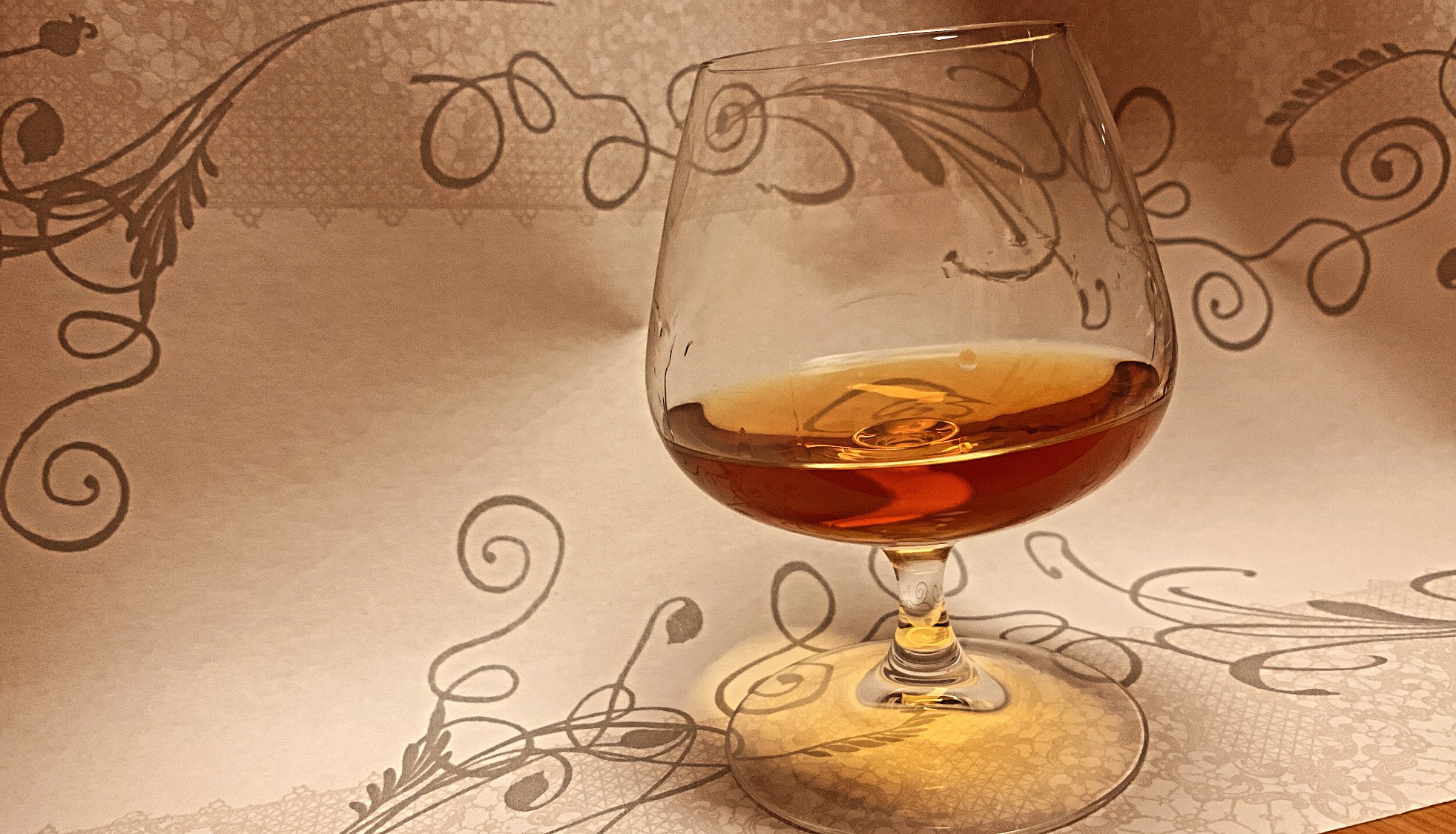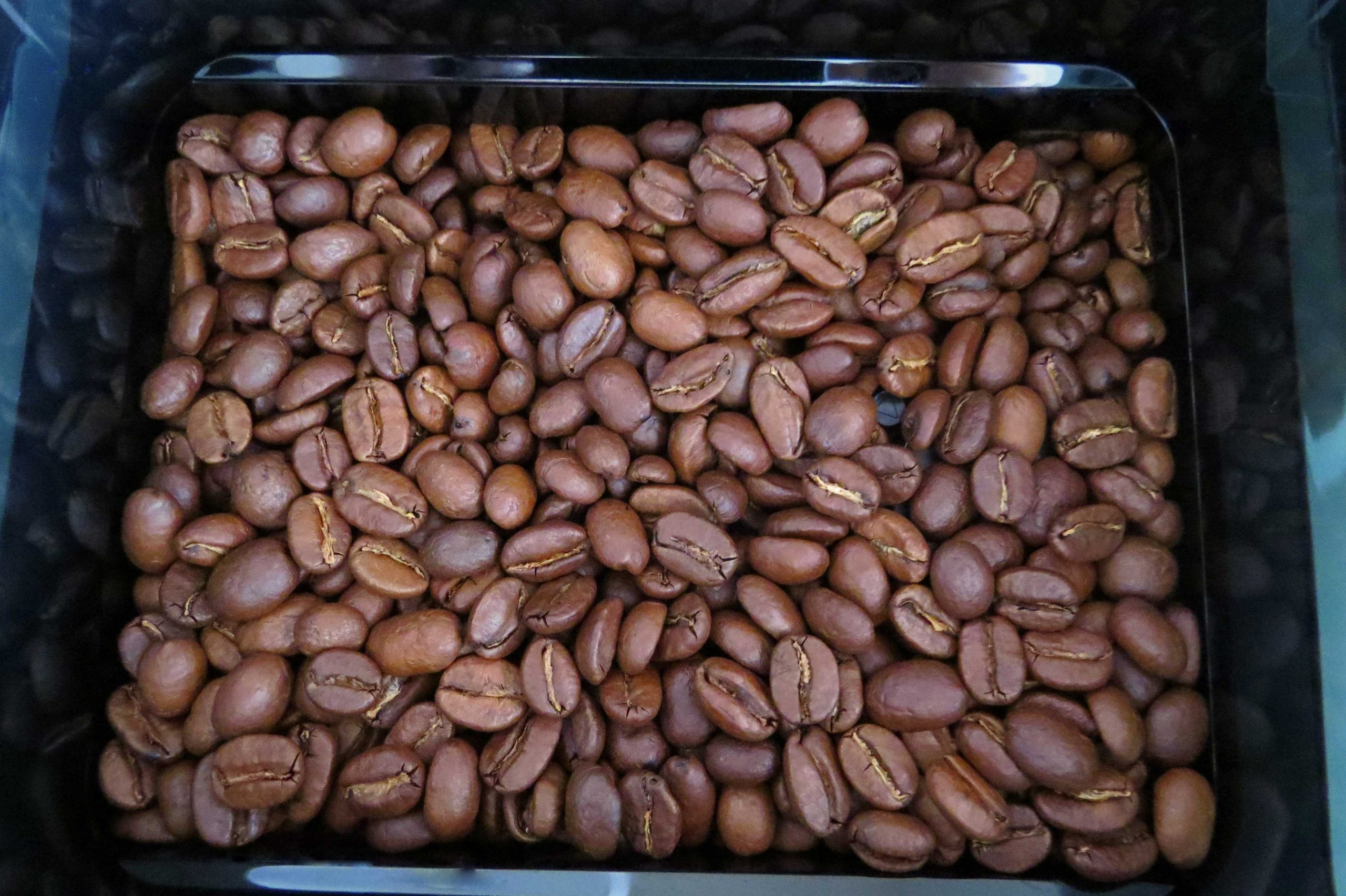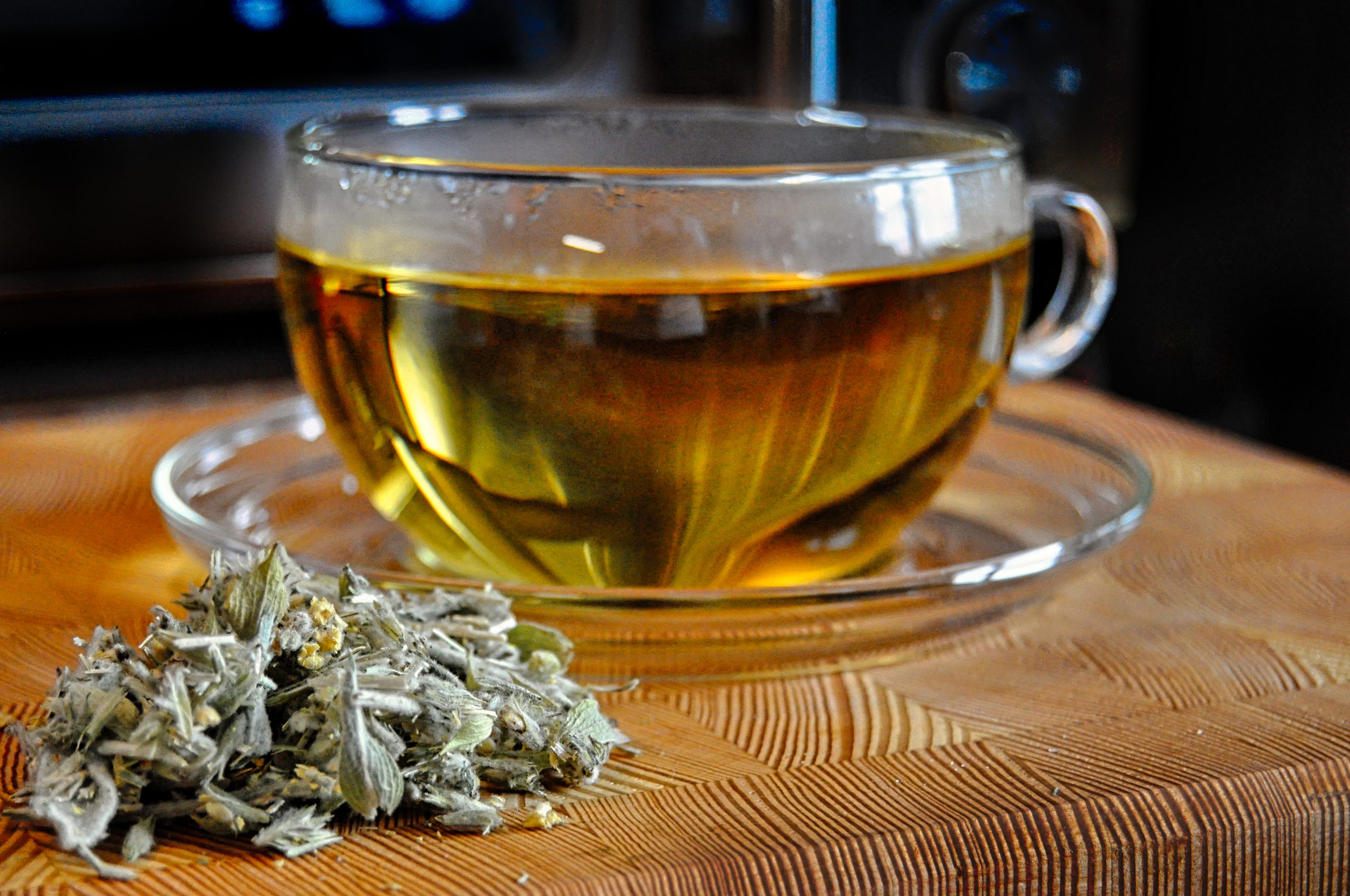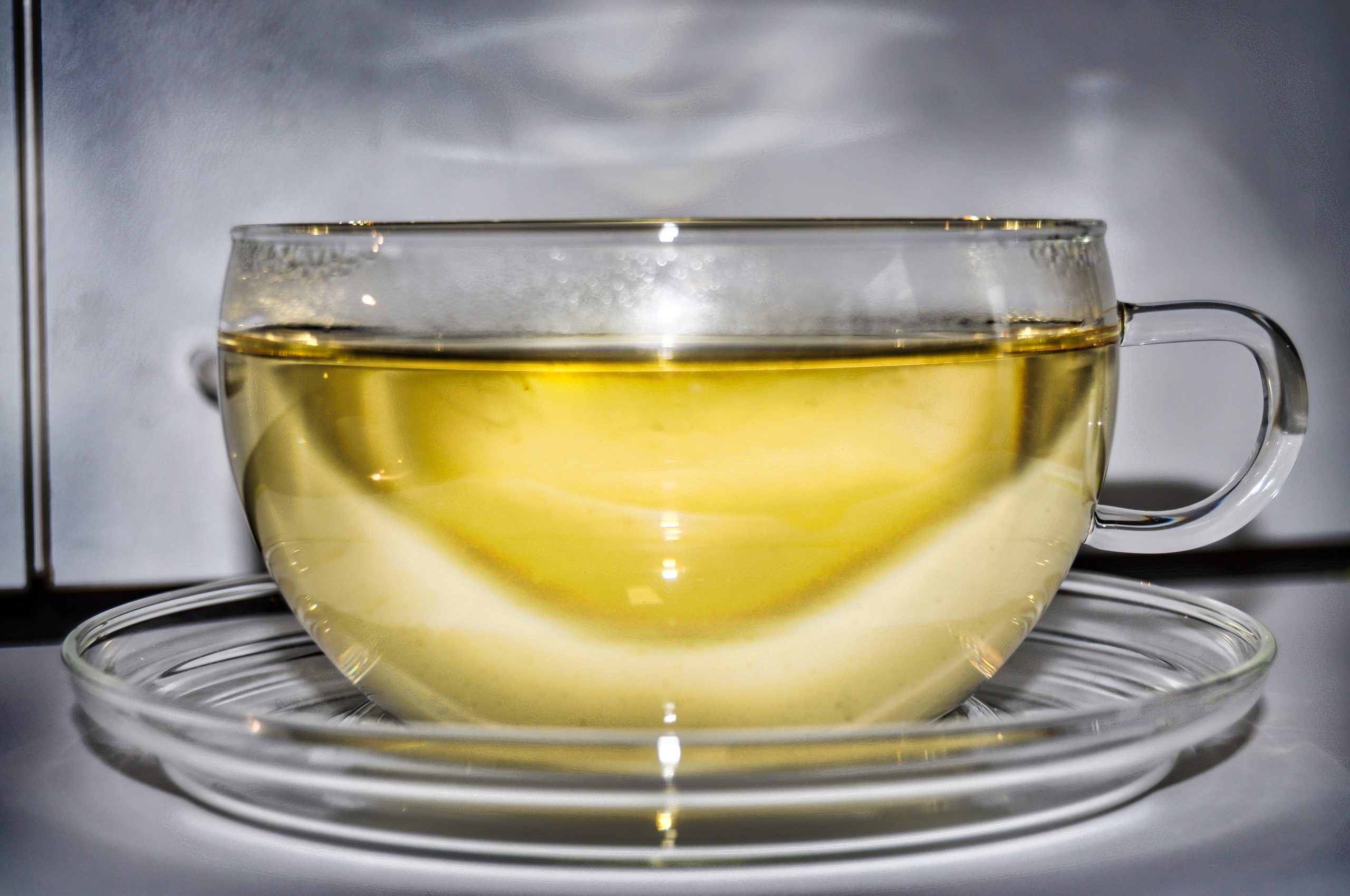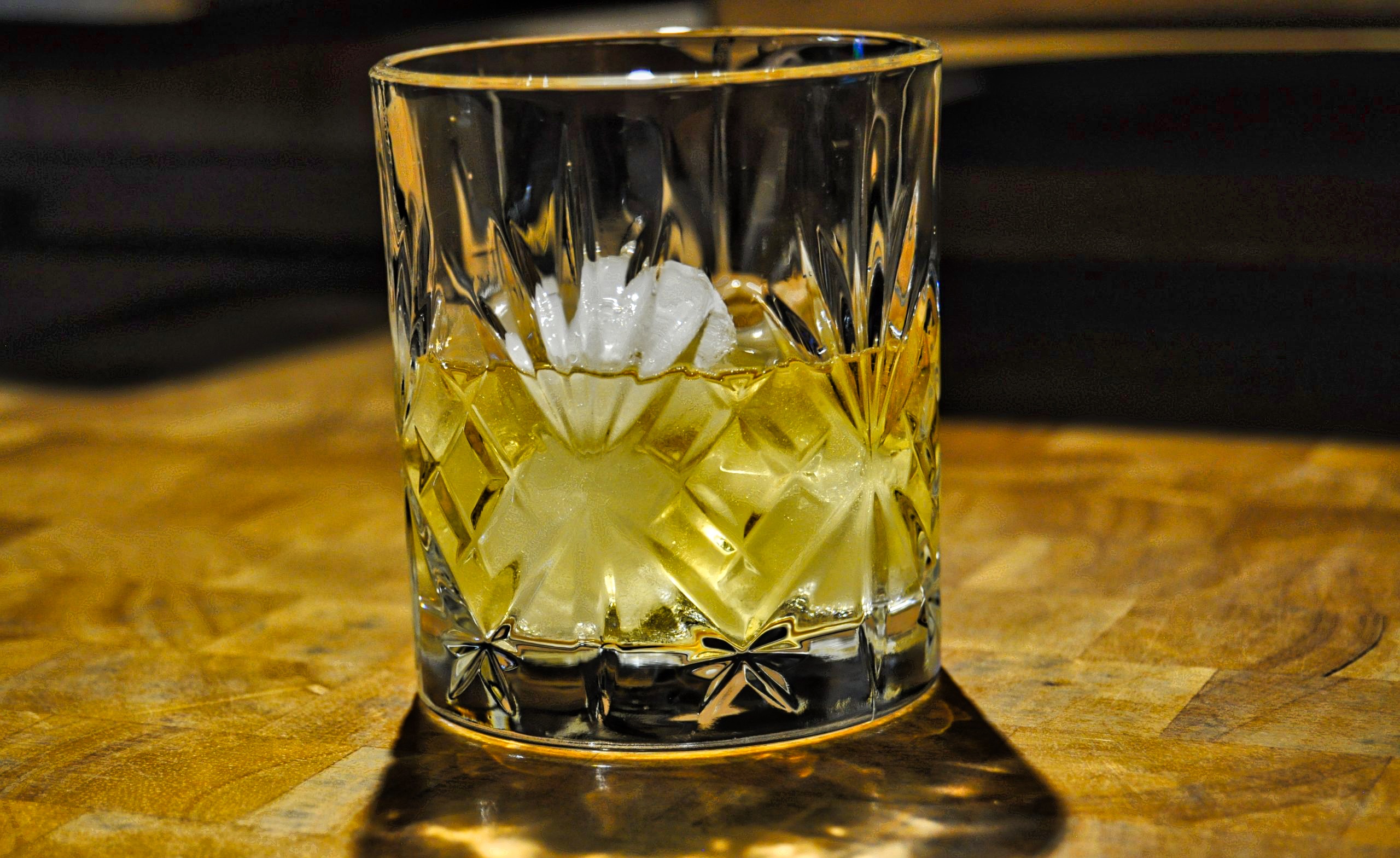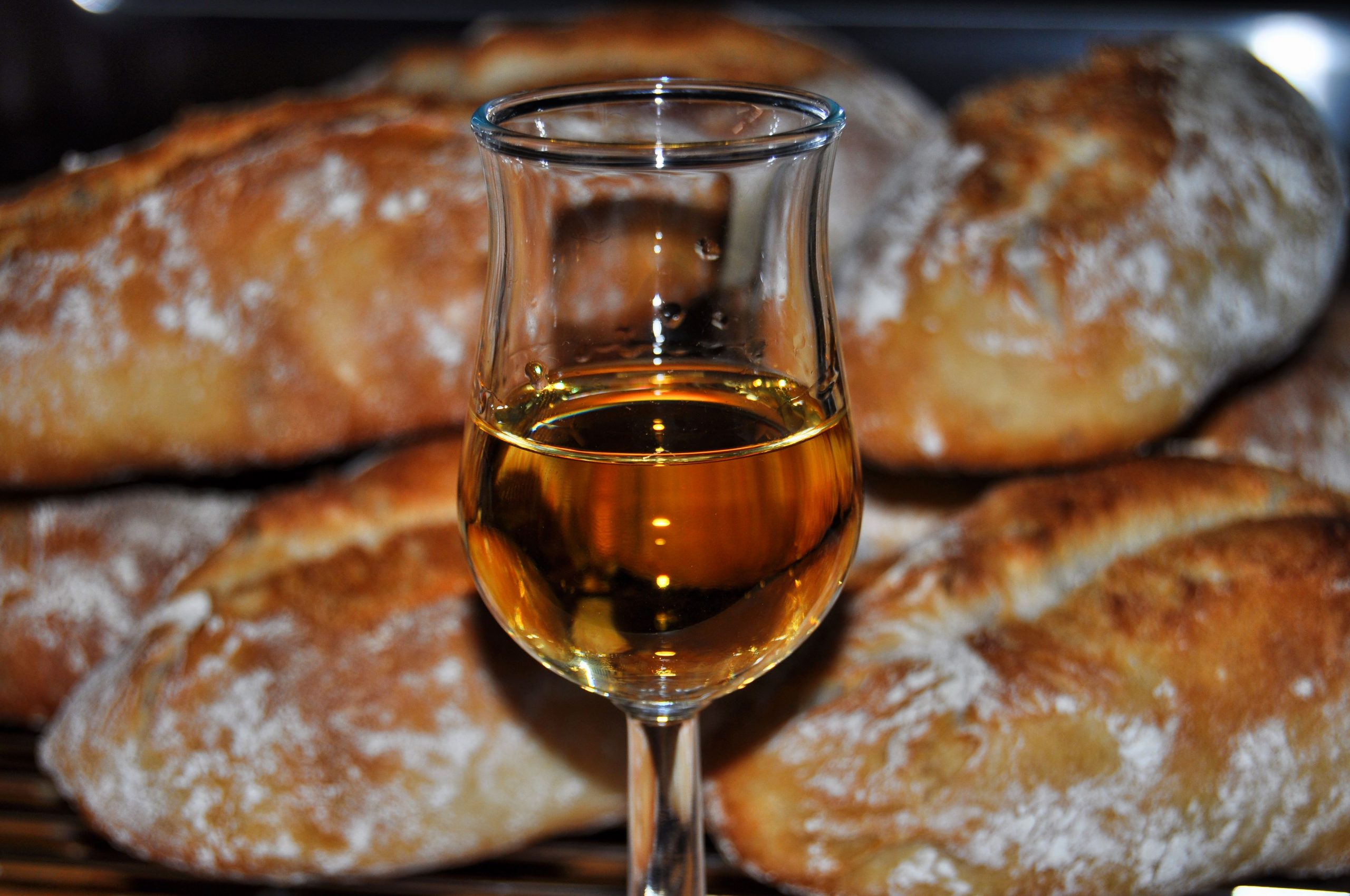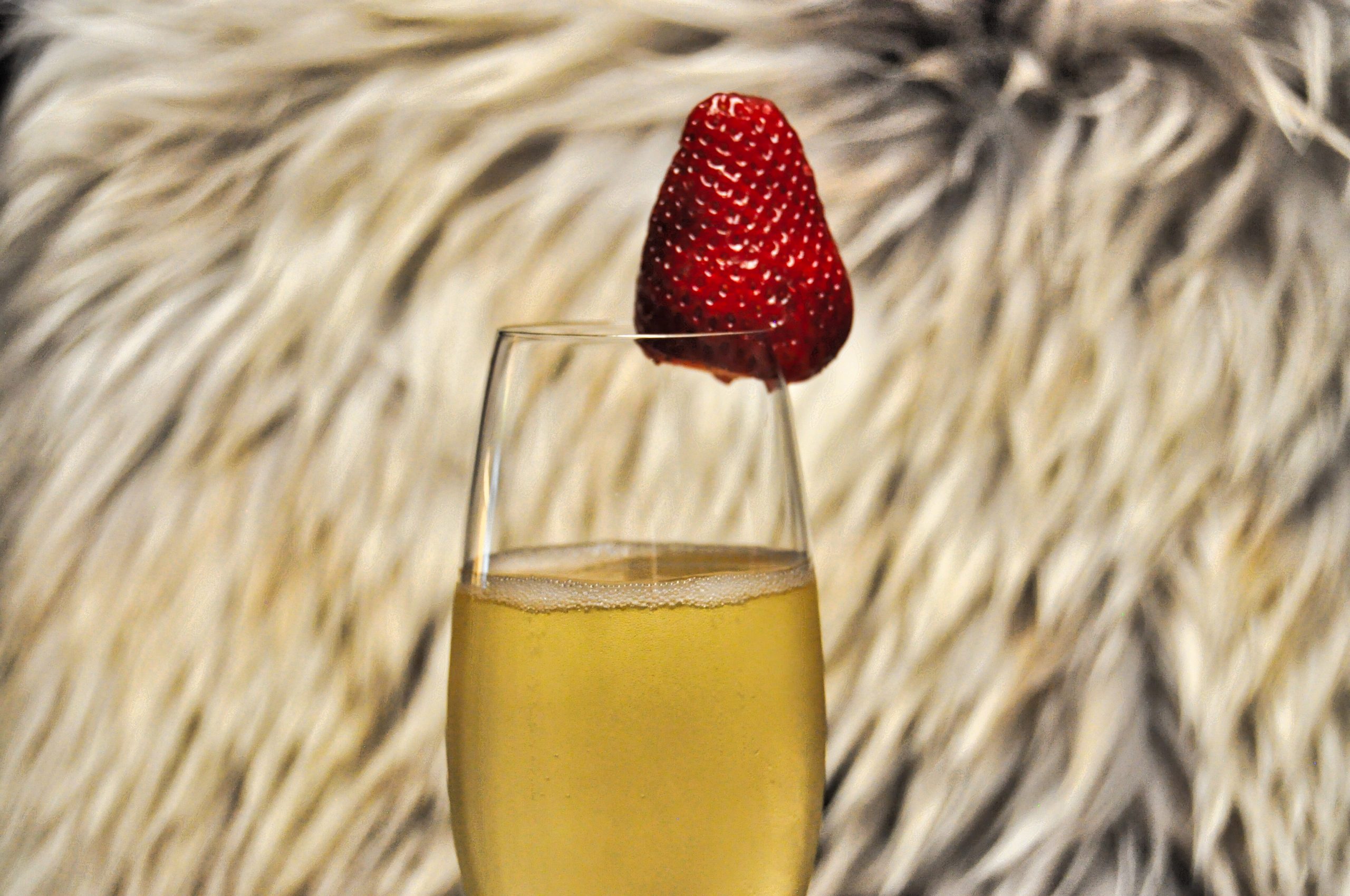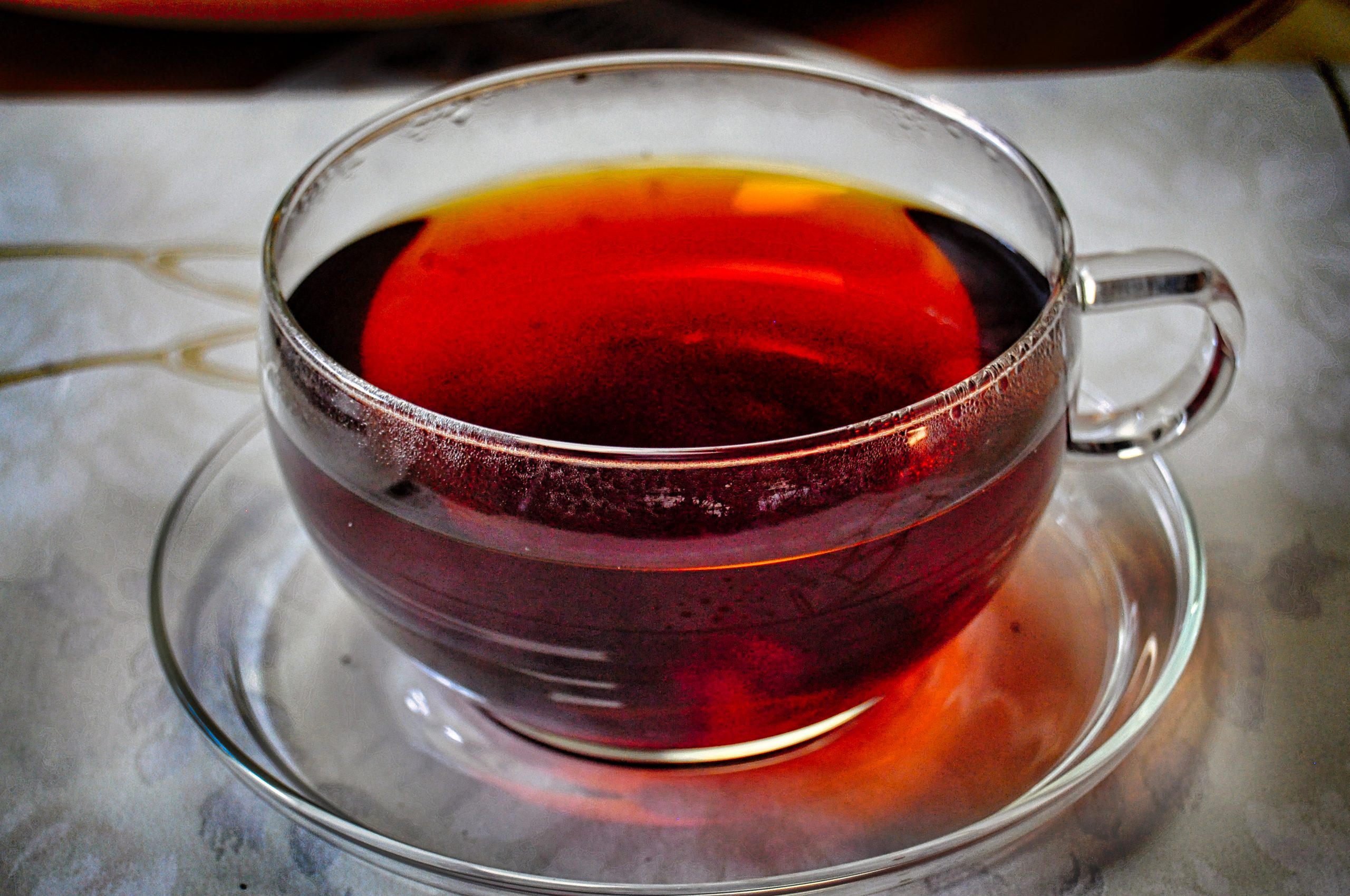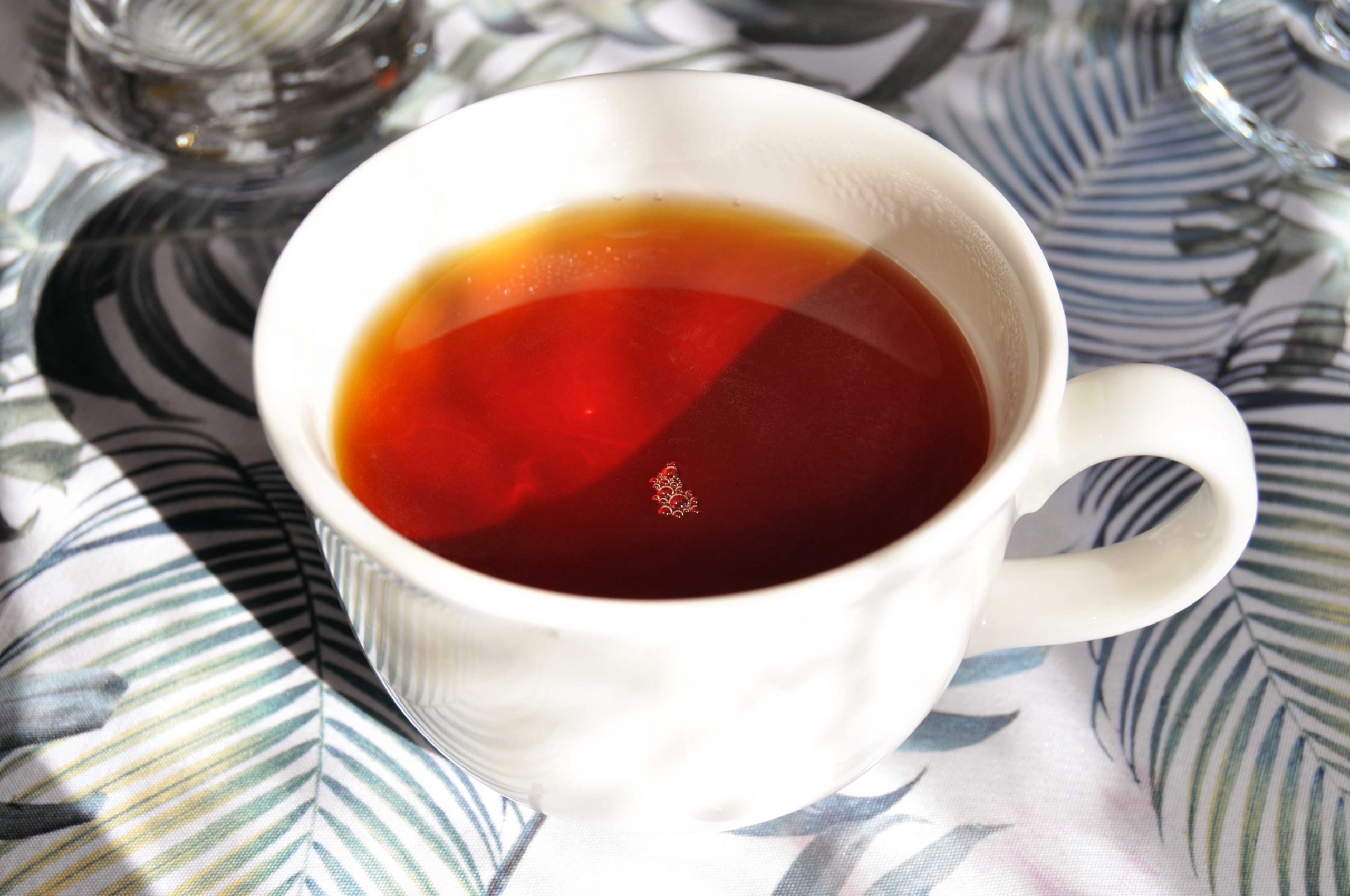One often hears that a red wine has to mature for a long time in the barrel before it develops an intense aroma and becomes drinkable: However, this statement is by no means true for every red wine. Beaujolais is just one example of a red wine that is drunk young: In the Beaujolais growing region, which lies south of the prestigious Burgundy growing region, wines are produced that connoisseurs appreciate primarily for their low tannin content. If heavy, complex red wines with a lot of tannins are less to one’s taste, Beaujolais is an alternative. Thanks to its low tannin content, Beaujolais is one of the very few red wines that can also be served with fish: Although Sean Connery in his role as James Bond in From Russia With Love exposed his adversary when he drank red Chianti with fish instead of a white wine, a Beaujolais would probably have been a good choice with fish even back then.
The result of carbonic fermentation are fruity, uncomplicated wines that can be drunk very young.
Carbonic fermentation
Why does a Beaujolais wine contain few tannins? A special process called carbonic fermentation (macération carbonique) is used in the production of Beaujolais wines.
Carbonic fermentation is very different from traditional maceration: the carbonic fermentation process was discovered in 1934 in an attempt to keep table grapes fresh for a longer period of time. The grapes were kept under a protective carbon dioxide gas cover at 0 degrees Celsius: After two months, it was observed that fermentation had begun. The result of this fermentation was processed into wine, which was fundamentally different from the wine produced with traditional maceration: the wines were lighter and brighter, and last but not least, the wines contained considerably fewer tannins.
After this discovery, carbonic fermentation was developed further: for Beaujolais wines, the grapes are not picked, but the grape clusters are left in one piece. This is why the grapes usually have to be harvested by hand – mechanical harvesting, where the berries are picked, is no option.
By adding carbon dioxide (pressure is created in the fermentation tank), fermentation takes place in each individual grape – this process takes place without the influence of yeasts within the berries, as it would be the case with mash fermentation.
The result of carbonic fermentation are fruity, uncomplicated wines that can be drunk very young.
The vast majority of Beaujolais wines are made with a single grape variety: The red wine variety Gamay noir grows on more than 90 percent of the vineyards in the Beaujolais wine region. Gamay is by nature a grape variety that ensures a low tannin content in the wine product – this trait is only supported by carbonic fermentation. In addition to carbonic fermentation, there is also the macération semi-carbonique: This method differs from carbonic fermentation by omitting the addition of carbon dioxide. With the macération semi-carbonique, the grapes are first filled into a tank: The grapes that hit the top crush the lower grapes, releasing the juice of the grapes. The natural yeast on the grape skin triggers an alcoholic fermentation that brings the wine to its final alcohol content.
The Gamay grape variety
Unjustly, Beaujolais has a reputation as the “little brother” of the prestigious wine-growing region of Burgundy: a Duke of Burgundy, Philip II the Bold, forbade the cultivation of the Gamay grape variety in Burgundy around 1395 with the justification that Pinot noir was the more elegant grape variety compared to Gamay. Just because Gamay makes fewer demands on climate and soil and is easier to harvest does not necessarily make it an inferior grape variety.
Philip II’s decree did not affect the Beaujolais region: Gamay grapes continued to be grown there. Thus, it dates back to the end of the 14th century that the Gamay grape variety is still cultivated in Beaujolais today.
The granite soils in Beaujolais are perfect for growing the Gamay grape. Initially, the wine from Beaujolais was primarily a regional product: when Beaujolais was connected to Paris via a railway line in the 19th century, wine from Beaujolais was a sought-after commodity in Parisian bistros.
A culture of its own has developed around the arrival of the new Beaujolais wines.
Beaujolais Nouveau
Because Beaujolais is a wine that is drunk very young, a culture of its own has developed around the arrival of the new Beaujolais wines: This culture is comparable to the arrival of the new Darjeeling First Flush teas in spring.
Every year on the third Thursday in November, the Beaujolais Nouveau (also called Beaujolais Primeur) arrives on the market: this makes the Beaujolais Nouveau the first French wine to be brought to market in the year of the harvest.
Especially in the seventies and eighties, there was a very high demand for Beaujolais Nouveau: this trend has since diminished and wines other than Beaujolais Nouveau are also enjoying great popularity.
The method of carbonic fermentation is the reason why Beaujolais Nouveau exists at all: This method of fermentation produces a wine that is ready to drink within a very short time.
Quality levels of Beaujolais
Beaujolais has three basic quality levels: The Beaujolais AOC level includes all 96 villages of the wine-growing region. Beaujolais Nouveau mostly comes from this quality level.
The Beaujolais-Villages AOC label requires that the Beaujolais was produced in a selection of 39 villages: Viticulture in these villages takes place on schist and granite soils, which gives the wines a special mineral flavour.
The most prestigious quality level, Cru Beaujolais, involves ten villages located in the north of Beaujolais – close to Burgundy. All these villages have their own appellation. Each of them has a different flavour: Moulin-à-Vent, for example, produces wines with – by Beaujolais standards – quite a high tannin content, while Fleurie produces wines with few tannins and a floral flavour.
There is more to the Beaujolais wine region than just Beaujolais Nouveau: in the hierarchy of French red wines, Beaujolais is clearly ranked below Burgundy, but Beaujolais wine products are nevertheless the perfect choice to accompany many dishes: Especially the top products from the Beaujolais Cru villages can compete with many a top-class wine from Burgundy.
Cover picture: © Simon von Ludwig

 Deutsch
Deutsch Français
Français
